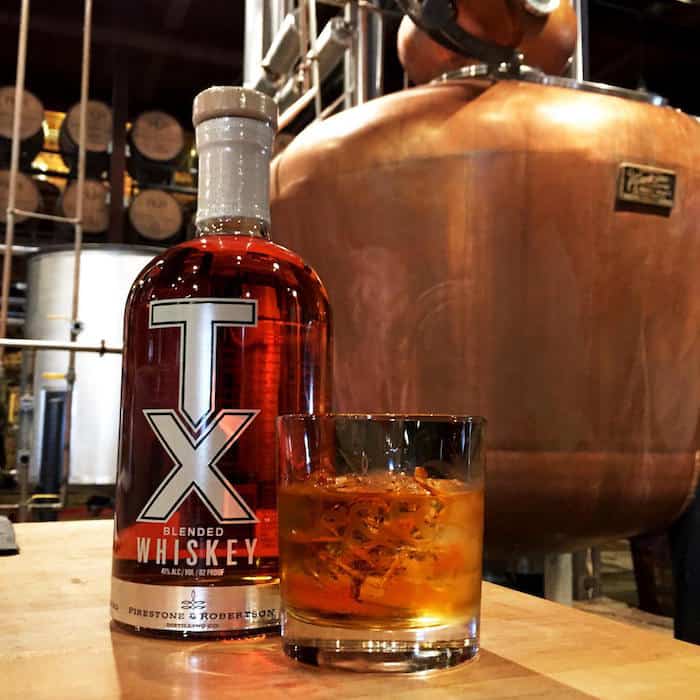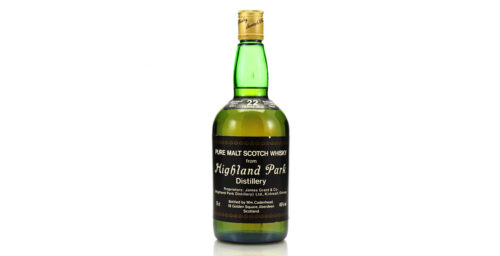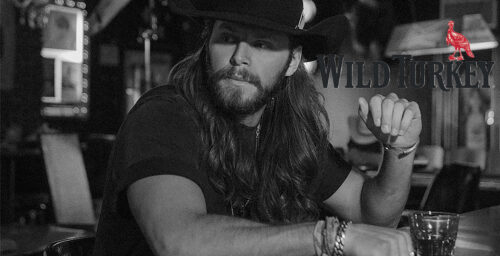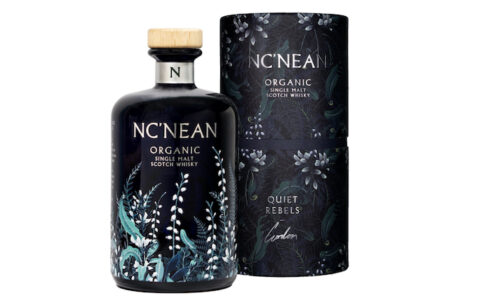One of the biggest and most entertaining arguments amongst whiskey enthusiasts is what truly constitutes each class of whiskey. Has it been in a barrel long enough to be called “straight?” Is Tennessee Whiskey secretly just a fancy bourbon? What is “blended” whiskey anyway, and how good can it really be?
A blended whiskey, by American standards, is a mixture containing no less than 20%, but up to 100%, whiskey. The rest? That can be made up from colorings, flavorings, and neutral grain spirits. This standard leaves the door open for an awful lot of products to be produced. From great blended scotch, to decent tasting cheap brands, to absolute muck.

Why so broad a spectrum? Well, let’s start with that 20% I mentioned. That’s the minimum amount of whiskey you need to be a called blended. Now, the highest reviewed brands have no added neutral spirits or colorings, leaving room only for whiskeys in the blends. These bottles tend to be labeled with “a blend of bourbons, scotch or whiskey” on the bottle, rather than just “blended.”
And the other 80%? Neutral grain spirits, color and flavor. I’ve run into a bit of a wall as to what those flavorings are besides being “natural flavoring,” which in my experience has been everything from raisin soaking water to tree bark. The neutral grain spirits though, are essentially a grain spirit that starts with little taste (similar to vodka) and is distilled until it is almost pure alcohol. This is where that horrendous burn and aftertaste blended whiskeys are known for comes from.
There are a few other categories with higher percentage regulations. If a whiskey contains at least 51% of a straight type of whiskey, it maybe labeled with that specific type of whiskey. The most common type seems to blended bourbon, but blended scotches and ryes are also available.
So they next time you’re deliberating between a blended bourbon and a blend of bourbons, now you’ll know the difference.



